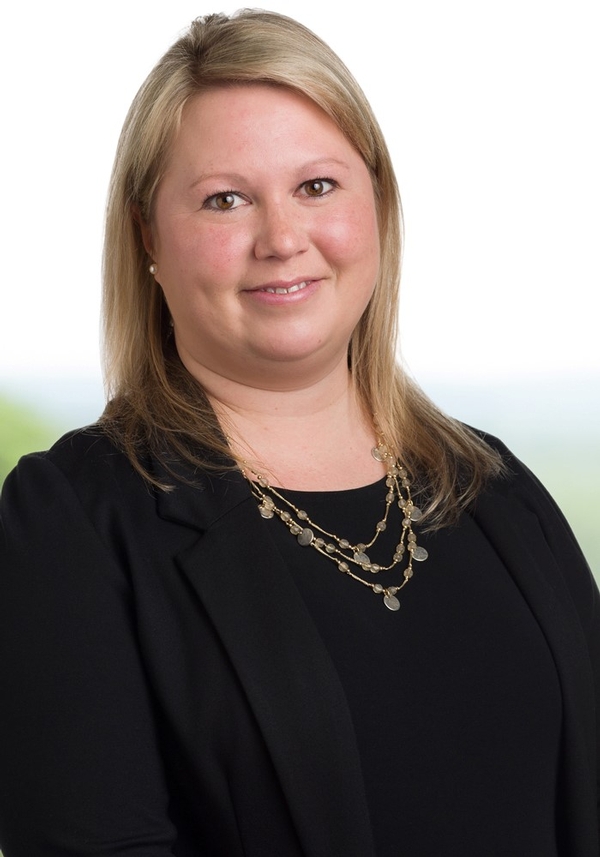January 24, 2023
Taxpayer-Friendly Changes to Retirement and Other Accounts under SECURE ACT 2.0
By Julie Cross
A recent congressional spending bill announced significant changes to the SECURE Act (Setting Every Community Up for Retirement Enhancement) favorable to new and existing retirement savers.
On December 29, 2022, President Biden signed into law the Consolidated Appropriations Act 2023, which includes many taxpayer-friendly changes to retirement plans under the SECURE Act 2.0. Many of the changes are designed to encourage more workers to save for retirement.
Required Minimum Distributions (RMDs)
The required minimum distribution age for retirement plans increases from age 72 to age 73, effective January 1, 2023. Additionally, the penalty for failing to take an RMD will decrease from 50% to 25% of the RMD amount not taken. The penalty can be reduced further to 10% if the IRA owner withdraws the RMD amount not previously taken and submits a timely corrected tax return.
Beginning in 2024, the RMD requirement for qualified employer Roth plans will be eliminated (similar to Roth IRAs).
In ten years (2033), the RMD age will increase to 75.
401(k)s
Beginning in 2024, an employer can make a matching contribution to an employee’s retirement plan based on the employee’s student loan repayment amount, which will assist employees previously unable to contribute to retirement savings due to student loan debt.
Beginning in 2025 employers must have default automatic enrollment for all employees for new 401(k) or 403(b) retirement savings plans. The initial contribution must be at least 3% but no more than 10% of pretax earnings. The plans must also have an automatic 1% annual increase, until at least 10% of the employee’s compensation, not to exceed 15%. Employees may opt out of making contributions or to change the contribution percentage.
Employers with ten or fewer employees or those whose business is less than three years old are exempt from these requirements.
Catch-Up Contributions
In 2023 an individual can contribute $6,500 to a traditional or Roth IRA. An individual aged 50 or older may make a $1,000 catch-up contribution, which, beginning in 2024, will be indexed for inflation.
In 2023 an individual can contribute up to $22,500 to a 401(k) or other employer-sponsored plan, with a catch-up of an additional $7,500 for those age 50 and older. Beginning in 2025, individuals aged 60-63 will be able to make catch-up contributions up to the greater of $10,000 or 50% more than the regular catch-up amount. In 2026 this number will be indexed for inflation.
Note, however, that beginning in 2024, those earning more than $145,000 will only be able to make catch-up contributions to a Roth account. The $145,000 income limit will be indexed for inflation beginning in 2025.
Early Withdrawals
In the past any withdrawals from a retirement account before the age of 59 ½ were subject to a 10% penalty tax. Beginning in 2024 there is an exemption allowing for withdrawals up to $1,000 penalty-free for purposes of meeting unforeseeable or immediate financial needs relating to necessary personal or family emergency expenses. Only one penalty-free distribution can be made every three years.
529 Plans
Beginning in 2024, 529 accounts that were opened at least 15 years before the date of distribution can be rolled onto a Roth IRA without penalty or income taxation. The rollover to the Roth IRA can be done multiple times but is limited to a lifetime aggregate limit of $35,000. The rollover is treated as a contribution toward the Roth IRA and therefore subject to the annual contribution limit.
Lost and Found
Under SECURE 2.0, within two years, the Department of Labor will establish a searchable national database that houses 401(k) and pension plans enabling participants to locate their plans. Participants can opt out of inclusion in the database.
ABLE Accounts
Achieving a Better Life Experience (ABLE) accounts allow beneficiaries with qualifying disabilities to save in a tax-advantaged account provided the money is used for eligible expenses, including basic living and housing expenses. Current law states that the onset for the qualifying disability must have occurred at age 26 or younger to qualify for an ABLE account. Beginning in 2026, SECURE 2.0 will increase this age to 46, which is particularly helpful for those with mental illnesses, disabling diseases and veterans who may have become disabled after the age of 26.
Special Needs Trusts
The first iteration of SECURE determined that a disabled beneficiary would be considered an Eligible Designated Beneficiary, allowing for the beneficiary to stretch the distributions from an inherited IRA over his or her lifetime. A Special Needs Trust is treated the same as a disabled beneficiary and entitled to stretch the distributions over the lifetime of the trust beneficiary.
Prior to SECURE 2.0, a Special Needs Trust that named a charity as a remainder beneficiary would not be entitled to stretch the distributions. Now, an organization qualifying under IRC Sec. 408(d)(8)(B)(i) that is named as the remainder beneficiary of a Special Needs Trust will be treated as a designated beneficiary and allow the stretch payout. This is important as some Special Needs Trusts are pooled trusts established and managed by a non-profit organization. Such trusts typically allow the non-profit organization to retain some or all of the funds after the death of the beneficiary.
For more information, contact Julie L. Cross, Esq. at jlc@spsk.com or 201-262-3962.
DISCLAIMER: This Alert is designed to keep you aware of recent developments in the law. It is not intended to be legal advice, which can only be given after the attorney understands the facts of a particular matter and the goals of the client.

